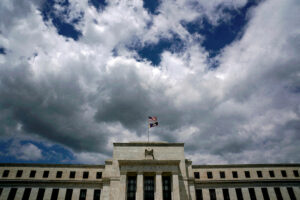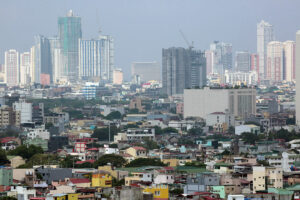Asian central banks likely to cut rates in step with Federal Reserve

CENTRAL BANKS in the Asia and Pacific (APAC) region will likely begin cutting interest rates by midyear in step with the US Federal Reserve, Moody’s Analytics said.
The US Federal Reserve left its key rate at its March 19-20 meeting unchanged at 5.25%-5.5%.
The Fed also maintained its outlook of delivering three rate cuts this year. Markets widely expect the Fed to begin cutting rates in June.
“We do expect that overall inflation will continue to head down and cool sufficiently to support rate cuts coming into view for APAC around midyear,” Moody’s Analytics Economic Research Director Katrina Ell said in a webinar on Thursday.
“We have the first cut from the Fed that’s happening in June, and so many economies in Southeast Asia will begin to cut around that time too,” she added.
Moody’s Analytics Chief APAC Economist Steve Cochrane said the US Federal Reserve would likely make its first rate cut in June.
“We have a rate cut of 25 basis points (bps) in June and then two more rate cuts towards the end of the year for a total of 75 bps through the end of 2024, and then a continuing slow decline going through 2025 into 2026,” he said.
BSP Governor Eli M. Remolona, Jr. earlier said that while the BSP is monitoring the Fed’s next move, its own policy decisions are not dependent on it.
The BSP’s next policy review is scheduled for April 4.
Makoto Tsuchiya, an economist from Oxford Economics, said the BSP would begin its easing cycle in June, as expected.
“Our current baseline remains that the US Fed will start cutting in May, although we will likely push this back to June. But even after this change, we expect the BSP to start cutting in June, as the BSP meeting comes after the expected first Fed fund rate cut,” he said in an e-mail.
The Philippine central bank has kept its benchmark rate steady at a near 17-year high of 6.5% after raising borrowing costs by 450 bps from May 2022 to October 2023 to quell inflation.
The Philippine Statistics Authority is scheduled to release March inflation data on April 5.
“Although we think inflation is the primary focus of the BSP at the moment, it will also pay attention to the peso, especially at the beginning of the rate cut cycle,” Mr. Tsuchiya said.
The peso closed at P56.03 against the dollar on Thursday, strengthening by 10 centavos from its P56.13 finish on Wednesday. The local unit’s Wednesday close was its weakest since the P56.20 per dollar finish on Feb. 29.
Rizal Commercial Banking Corp. Chief Economist Michael L. Ricafort said any Fed rate cuts should be matched by the BSP “amid the need to maintain healthy interest rate differentials.”
“Fed and local policy rate cuts would at least reduce the risk of recession, at the very least, and help spur the recovery of many businesses and industries,” he said in a Viber message. — Luisa Maria Jacinta C. Jocson




